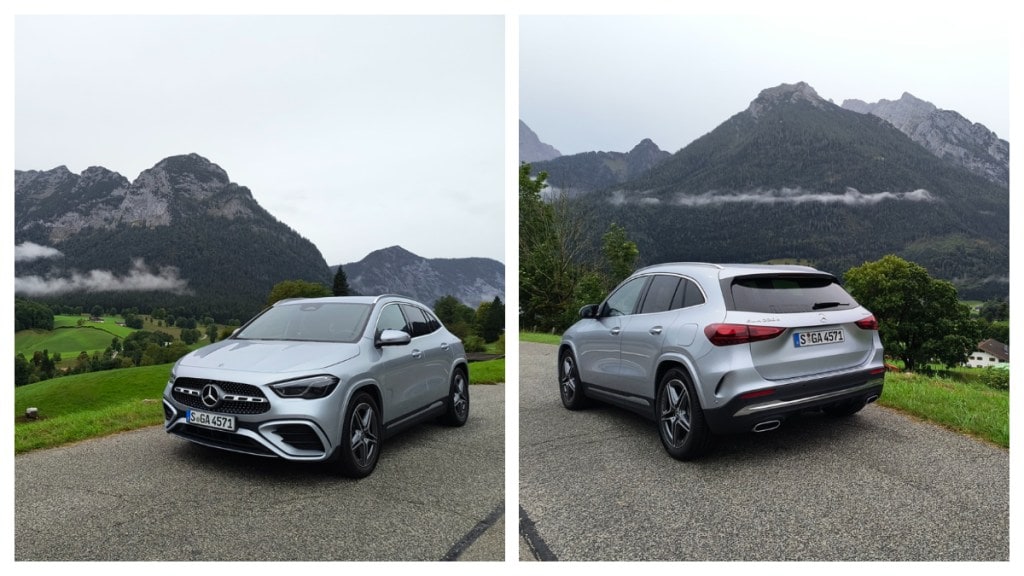According to the Statistical Office of Germany, the country – despite having some roads with no speed limits – had just 2,800 road fatalities in 2023.
India, on the other hand, had 60 times fatalities, at 172,000 (MoRTH), with many more unreported.
Recently, while driving the new Mercedes-Benz A-Class from Munich towards Salzburg – around the Bavarian Alps – I realised how the country offers an entirely different perspective on motoring compared to India, and how discipline and road culture can go a long way in reducing accidents (in addition to infrastructure).
City driving
In Munich, the first takeaway is the orderliness of traffic – adhering to signals, driving in lane, and not breaking speed limits. Pedestrian crossings and road markings are sacrosanct, as are road signs, and indicators are used not just while turning, but also while changing lanes – something Indian drivers often overlook.
Autobahn
Once you hit the autobahn, there are no speed limits. Driving at 140 km/h, my car was possibly the slowest in Germany – I gunned it to 200 km/h (almost at this tiny’s Merc’s limits), and yet car after car kept overtaking at possibly 250 km/h. Even at such maddening speeds, I felt safe – because everyone was bang in the middle of the lane, with confidence on the other driver that she won’t break the lane.
Germany drives on the right side of the road – like America, China, Europe, and most countries – and so slower vehicles stay on the right, and overtaking is done only from the left. The distance between two cars is huge – tailgating is socially unacceptable and legally punishable.
In the mountains
Mountains around the Bavarian Alps are a lot like the Black Forest – dense, evergreen, and having a picturesque village every few kilometres. Here, the focus on safety is evident by how drivers behave on narrow roads – every time I was driving uphill, the oncoming car gave way, because driving uphill needs more grunt and you could lose momentum. It’s just a mark of respect for the other. Overtaking is rare, and only at overtaking zones – no one cuts corners, a stark contrast to the driving style often seen on Indian hill roads.
Rettungsgasse
A phenomenon that stands out is the ‘Rettungsgasse’, or emergency corridor. Whenever there’s a traffic jam on a highway, cars instinctively move towards the left and right edges of their respective lanes, leaving the middle open for emergency vehicles. This is required by law, and my co-driver told me that it is drilled into every driver’s habit during the licensing process.
For an Indian behind the wheel in Germany, driving here is not just about scenic roads or fine cars, but more about discipline, foresight, and mutual respect.
I think we will get there.
